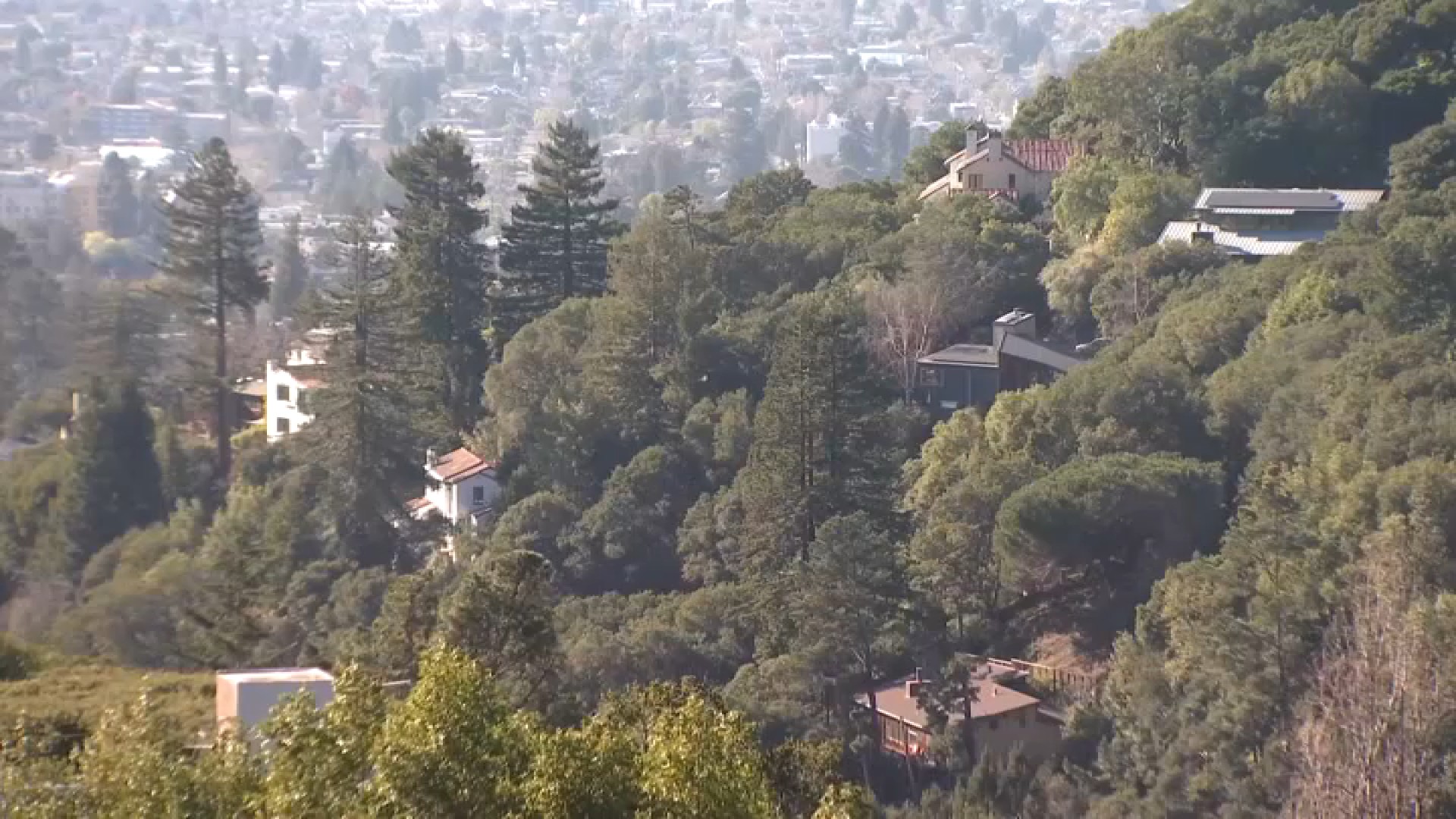The implosion of Pier E3, the equivalent of a five-story building weighing 20 million pounds, took place around 7:20 a.m. Saturday.
Initial analysis of the implosion of the largest pier of the old Bay Bridge eastern span shows that there was minimal impact to wildlife and water quality, Caltrans officials said Tuesday.
Given the success of the Nov. 14 implosion of Pier E3, Caltrans will likely seek to use explosives to demolish the remaining 21 piers of the defunct span.
In obtaining permits for this month's implosion, Bay Bridge chief engineer Brian Maroney said he would seek permission to implode the other piers the same way if the initial project went well, characterizing the method as not only the most cost-effective but the most environmentally friendly as well.
The implosion collapsed the concrete and steel structure into its own large cavities buried deep in the soft bay mud in 6 seconds.
According to Caltrans, no fish were killed by the morning implosion, demonstrating that a "bubble curtain" of air blown around the pier was successful in protecting them from the blast of about 400 small explosives set in the concrete. Whether there was any effect on the fish short of death is still under investigation, but initial studies have shown no harm to them.
There was also no effect found to marine mammals such as sea lions, seals and porpoises. Observers kept an area around the implosion site free of mammals and continued to keep an eye on the area for the following three days. They found no injuries or deaths.
Water quality measured after the blast was even better than expected, according to Caltrans.
Local
"As we collect and organize information on the implosion, we are seeing more and more data that is building documentation that this method can be the best way to remove such large piers from the bay waters," Maroney said in a statement Tuesday.
Caltrans officials said Tuesday that more detailed findings from the implosion will be released in the coming months and that the option to remove remaining piers that way is still being considered.
Caltrans will need to repeat the extensive permitting process for any future implosions, requiring sign-off by the U.S. Fish and Wildlife Service, the National Marine Fisheries Service, the state Department of Fish and Wildlife, and the National Oceanic and Atmospheric Administration, among other agencies.
Demolition of the old eastern span began in September 2013, after the new eastern span opened to traffic, and is scheduled for completion in 2018, Caltrans officials said.



